As Chinese medical practitioners we have a variety of modalities to choose from. Most, if not all, of our patients receive acupuncture and cupping, maybe some moxa now and then, or some tension relieving guasha. Digging deeper into the Chinese medical toolbox reveals treatment options that are less well known AND can be incredibly effective in the proper circumstances.
One of these lesser known treatments is micro-letting, AKA using a small lancet to prick an area of the body and draw a few drops of blood. Micro-letting is traditionally part of both Chinese and Ayurvedic medicines, along with many other traditional medical systems. And if you’re thinking, “That sounds positively medieval,” you’re not alone. However, read on to discover the science behind this powerful treatment tool. It’s going to get a little technical, but I promise you it’s worth it.
Our veins are part of two distinct circulatory systems:
the deep venous system
the superficial venous system
An example of the superficial system are those veins you can see in your arms and legs.
The deep veins lie deeper in our muscle tissue, underneath our fascia (sheets of connective tissue that attach, stabilize, and separate muscles and other internal organs.) The depth of this system allows the deep veins to operate under higher pressure and handle higher volumes of blood.
The two systems are connected by perforating veins, so-called because they perforate the fascia.
The efficiency of blood flow in the deep veins depends on venous pressure vs. tissue pressure:
Venous pressure is the pressure pushing the blood through the veins back to the heart
Tissue pressure is the pressure exerted against the deep veins by the tissue surrounding them
If you experience an injury or inflammation, swollen tissues press against the deep veins, impeding blood flow back to the heart.
Our friends the perforating veins offer an alternative route for blood flow back to the heart, so if blood is having trouble flowing through the deep veins in a particular region of the body, blood can travel through the perforating veins to the superficial veins and then back to the heart.
In other words, our venous system acts like an intricate highway structure where if one portion of the road is congested with lots of traffic, you are rerouted to another road that can get you to your destination quicker. Micro-letting is the tool we use to reroute blood flow when it’s congested and is having issues reaching its desired destination.
Take for example compartment syndrome. This is when tissue pressure in an area of the body is greater than venous pressure in that area.
This happens typically after an injury. The tissue swells and presses against the veins, impeding blood flow.
A similar situation can occur with an inflamed organ, nerve or joint.
While Western medicine describes a few cases of impaired blood flow in the deep veins such as deep vein thrombosis and compartment syndrome, Chinese medicine recognizes a multitude of different phenomena where increased tissue pressure in joints, muscles or organs can impede venous blood flow.
By micro-letting blood at appropriate points, we are drawing congestion off the muscle, nerve, artery or organ through the perforating veins. This removal of congestion can relieve pain (sometimes instantaneously!) and dramatically hastens the healing process.
What can bleeding treat?
Micro-letting is particularly effective for conditions which involve nerves: sciatica, trigeminal neuralgia, optic neuritis, droopy eyelid, nerve pain following surgery, carpal tunnel, shingles pain, neuropathy, etc.
But it treats much more! A partial list includes:
Acne
Joint sprains
Neck pain
Back pain
Facial pain
Knee pain
Foot pain
Rashes and other dermatological conditions
Anxiety
Arthritis
Bell’s Palsy
Cardiac conditions
Headaches/migraines
Concussion
Cramps
Digestive complaints (Crohn's, IBS, IBD, reflux)
Painful periods and other gynecological conditions
Hemorrhoids
High blood pressure
Insomnia
Liver conditions
PTSD
Sore throat
Spider veins
Isn’t it nice when something so simple can be so effective?
*The information provided on this site is intended for your general knowledge only and is not a substitute for professional medical advice or treatment for specific medical conditions. You should not use this information to diagnose or treat a health problem or disease without consulting with a qualified healthcare provider. Please consult your healthcare provider with any questions or concerns you may have regarding your condition.






